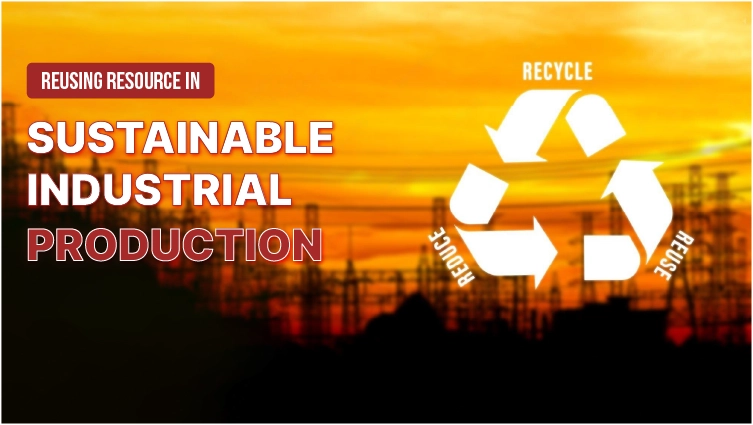Legal challenges in the automotive support industry in Vietnam

In recent years, the automotive industry in Vietnam has undergone significant development, opening up many potentials and opportunities. However, despite the positive development, many businesses are still struggling and encountering many legal problems in the industry, causing obstacles to the development and attraction of foreign investment capital. In the article below, RX Tradex will delve into the legal issues that businesses in the manufacturing sector, especially in the automotive support industry, are facing.
1. Overview of the automobile support industry in Vietnam today
A report from the Ministry of Industry and Trade said that there are currently more than 300 enterprises related to the automobile manufacturing industry nationwide. Among these, there are 214 enterprises specializing in the production of auto components and spare parts, 45 enterprises producing chassis, bodies and trunks, and about 40 enterprises assembling cars.
According to forecasts, the demand for cars in Vietnam in 2025 is estimated to range from 800,000 to 900,000 vehicles, and by 2030, it is expected to reach from 1.5 million to 1.8 million vehicles. This shows that the development potential of the domestic automobile industry is huge. However, Vietnamese enterprises still rely heavily on importing automobile manufacturing components from other countries due to unfavorable policies and inadequate support for domestic enterprises.
Although there are already policies and mechanisms in place for the industry in general and the automotive support industry in particular, they have not been effectively optimized and enforced. One of the legal documents that has a strong influence on Vietnam's supporting industry is Decree No. 111/2015/ND-CP on supporting industry development. However, after more than 8 years, the implementation of Decree 111 has arisen many inadequacies, causing difficulties for the operation of enterprises, especially small and medium enterprises.

2. The legal challenges the automotive industry is facing
2.1. Unclear regulations and investment criteria
In Decree No. 111/2015/ND-CP, the issue of "new investment projects" has not been clearly stipulated, causing notable legal controversies for the automobile support industry in Vietnam. This creates many difficulties for enterprises in understanding and applying preferential policies issued by the State.
In Article 11 of Decree 111/2015/ND-CP, the determination of beneficiaries of incentives is listed, including "Projects producing supporting industry products on the list of supporting industry products prioritized for development". However, "new investment project" is not specifically defined in the text, leading to ambiguity and ambiguity in the application of the policy.
In fact, the majority of enterprises in the automotive support industry in Vietnam are small and medium-sized enterprises with limited resources and investment capabilities, often unable to implement a completely new project, but instead, they focus on expanding and upgrading the capacity of the existing plant.
Therefore, the lack of clarity for "new investment projects" has created an inconsistency in the application of preferential policies, causing obstacles in spreading preferential policies to enterprises in the industry. At the same time, this problem also deprives the industry of development opportunities and attracts investment in the industry from domestic and foreign investors.
2.2. Specify criteria for determining unspecified projects
The issue related to the regulations on criteria for determining projects to increase production capacity by at least 20% in Decree 111/2015/ND-CP is one of the points that has not been fully and detailed concretized.
According to Decree 111, projects considered eligible for incentives must be able to increase production capacity by at least 20%. However, regulations on this criterion must not be specific, do not give clear criteria for assessing production capacity.
Determining the level of increase in production capacity by at least 20% is not simply comparing production output before and after project implementation, but also considers other factors such as technology, production processes, labor productivity, resource efficiency, etc and other factors that affect the production capacity of the enterprise.
This issue can lose fairness and transparency in the application of preferential policies, causing dissatisfaction and concern on the part of businesses
2.3. Incentive policies are not commensurate with industry requirements
Although the automotive industry is considered one of the priority industries for development, the current preferential policies do not reflect the requirements and characteristics of the industry, leading to a shortage in supporting businesses in the industry.
While the automobile industry requires large investments and a lot of high technology, current preferential policies often do not meet these requirements. In particular, enterprises often need large capital to invest in technological research and development, as well as to expand production and improve production capacity. However, the current preferential policies do not provide sufficient financial resources and necessary support for enterprises in implementing these large development projects.
In addition, preferential policies are also inflexible and do not reflect the diversity and complexity of the automotive industry. Industry businesses can operate in a variety of sectors such as car manufacturing, parts manufacturing, distribution and maintenance, and each of these sectors has its own investment and development requirements. However, there is no clear distinction between these areas and does not provide sector-specific grants.

2.4. Lack of financial and credit support
Currently, enterprises in the automotive industry often face a large capital need to invest in research and development of new technologies, expand production, improve infrastructure, and improve production capacity. However, access to capital from traditional financial sources such as commercial banks is often difficult for SMEs, due to complex property mortgage and document requirements, coupled with high interest rates.
The issue of borrowing capital from the Vietnam Development Bank (VDB) also does not guarantee the capital needs of enterprises in the automobile supporting industry. VDB usually focuses on lending to large state investments and large-scale projects, while the majority of enterprises in the automobile industry are small and medium-sized enterprises. Therefore, these businesses often face difficulties in accessing capital from VDB.
The shortage of capital and credit for enterprises in the automobile industry not only affects the ability to invest and expand production, but also causes problems of unfair competition, reduced competitiveness and sustainable development of the industry. To solve this problem, it is necessary to have more appropriate and flexible financial and credit support policies, especially for small and medium-sized enterprises, to promote the development of the automobile industry in Vietnam.
2.5. Dependence on imported components and materials
The automotive support industry in Vietnam is still facing a major challenge in terms of high dependence on imported components and materials. This causes many risks and high costs for businesses in the industry, especially when faced with price fluctuations and supply scarcity.
The current legal policy is not strong enough to encourage domestic production and development of components and raw materials. While there are certain incentives offered to businesses in the industry, ensuring stable and quality supply from domestic suppliers remains a major issue.
Specifically, regulations on support for domestic research, development and production of components and materials are still limited and not attractive enough to attract businesses to invest in this field. In addition, the cooperation process between businesses and authorities to develop domestic supply also encountered many difficulties and legal barriers. As a result, businesses in the industry often face high dependence on importing components and materials from other countries.
There is a need for stronger legal policies and support mechanisms from the government to encourage domestic production and development of components and raw materials. At the same time, it is necessary to create more favorable conditions for cooperation between enterprises and authorities to strengthen the production capacity and competitiveness of the automobile supporting industry in Vietnam.
3. Conclusions
The above article was covered by RX Tradex on the issues of current regulatory challenges facing the automotive industry. Hopefully, this information will be useful for businesses to find new development solutions for the manufacturing industry in general and the automotive support industry in particular.
To build a business community in the automotive industry, develop and compete in the international market, you can register to participate in Vietnam Manufacturing Expo 2024. This is a valuable opportunity to access and learn new technological and technical solutions, as well as discussing legal issues and supporting policies. Participating in this event will help you create an environment for cooperation, sharing knowledge and experience, thereby promoting the development of the automotive industry in Vietnam.






